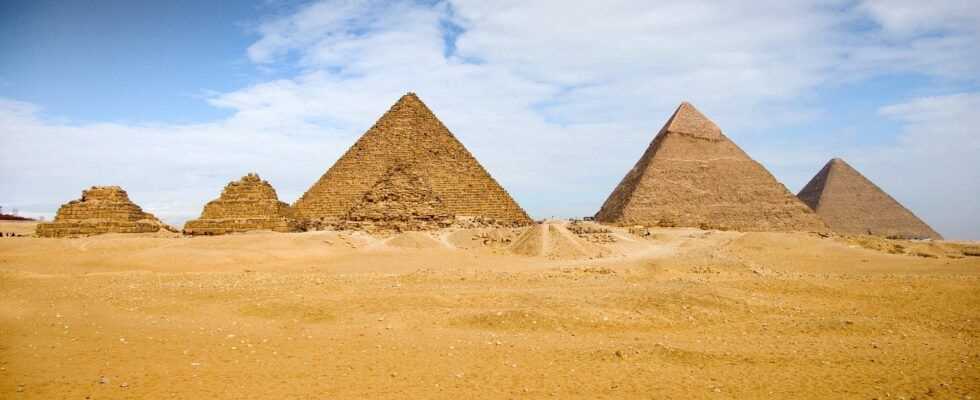There were no special tourist ships, although some routes were heavily frequented by visitors. Those who wanted to travel stayed on a merchant ship. Food and servants were brought on board. Eminent personalities were given their own stateroom from time to time, but most travelers booked deck passage: They slept on deck in the open air.
After Pompey in 66 BC. When the pirates were driven out of the Mediterranean in the 3rd century BC, ship travelers hardly had to fear attacks. Storms could still break in on them. The seafarers were therefore very careful and imposed all kinds of superstitious rules on the tourists: As long as the weather was good, hair and nails were not allowed to be cut. Blasphemy was forbidden – but it was strictly forbidden in any other way – to dance in the same way. If someone died on board, they were quickly thrown into the sea to avert harm to the ship and its crew. But most of the time nothing of the kind happened, instead the travelers enjoyed themselves gambling and watched the team toil.
Eat, sleep, sexual services
Those who preferred the overland route could rely on an excellent road network. The roads were well paved and of a quality that was not supposed to exist for more than 1000 years after the fall of Rome. Milestones along the way provided information about the progress of the journey at regular intervals. In addition, a hostel was reached at least once a day. And the accommodations offered everything necessary: Here you could eat, sleep, have the carriage repaired and take advantage of sexual services. Settlements gradually emerged around the hostels and milestones, the residents of which adapted to the needs of travelers. They offered to buy what tourists would miss when they were away from home.
To be out and about on the streets of the Roman Empire, however, must have been arduous. You sat in unsprung carriages or in sedan chairs that moved slowly. So those who could afford it traveled not only splendidly, but also with a certain level of comfort. Emperor Claudius, for example, who ruled the Imperium Romanum from AD 41 to 54, had a carriage converted into a small gaming room, according to Roman authors.
The seven wonders of the ancient world were among the most popular long-distance destinations
At the destination of the trip, some Romans owned holiday homes, others stayed with friends: many houses of the upper class had a guest wing with their own entrance. There were hotels for all other tourists. On some routes, for example along the canal between Alexandria and Canopus in Egypt’s western Nile Delta, accommodations were lined up along the way. The hotels in the cities also had their own restaurants. As the painted signs attest, they had names like “Zum Hahn”, “Zum Kamel”, “Zum Schwert” or “Merkur” and “Diana”. Wherever the tourists were, the baths were particularly attractive. Similar to a hammam, you could bathe there, but also receive medical treatment, play sports or attend concerts.
Off to the wonders of the world!
The seven wonders of the ancient world were among the most popular long-distance destinations. These included the pyramids of Gise, the several meter high statue of Zeus in Olympia, which Phidias had made out of gold and ivory, the Temple of Artemis in Ephesus, the lighthouse Pharos of Alexandria or the Colossus of Rhodes – which, however, had been in existence since 226 BC. BC could only be seen as a heap of rubble after an earthquake knocked it down. In addition, the tourists flocked to the tomb of Alexander the Great, which was also in Alexandria. The Romans also visited the sites of famous battles – especially Marathon, where the Athenians met men from Platää in 490 BC. A Persian army defeated. In addition, Chaironeia was worth a trip to the Romans. Near this city in central Greece, Philip II of Macedonia and his son Alexander in 338 BC. BC defeated the united Greek cities. The defeat was tantamount to a change of time; all of Greece had been in Macedonian hands, and the rise of Alexander the Great followed.
